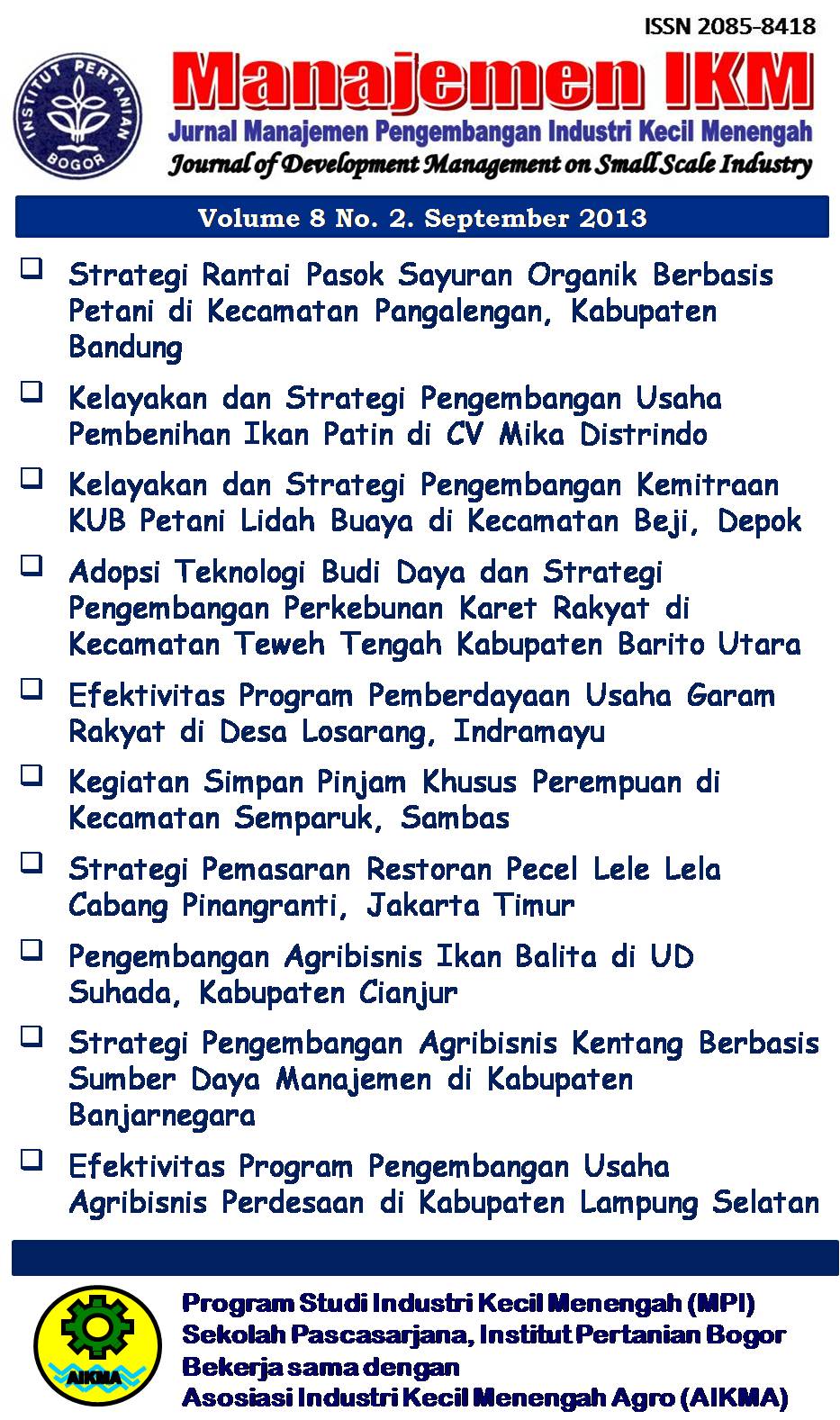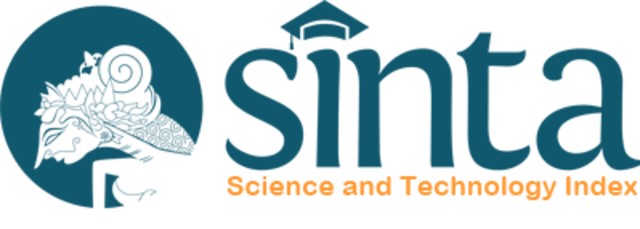Adopsi Teknologi Budi Daya dan Strategi Pengembangan Perkebunan Karet Rakyat di Kecamatan Teweh Tengah Kabupaten Barito Utara
Abstract
Although Indonesia has the largest rubber plantation in the world, the productivity is still very low. About 85% of the plantation belongs to the majority of farmers whose adoption level of cultivation technology is still low. This study aimed to determine the internal and external characteristics that greatly affect the level of farmers' adoption of technology in rubber cultivation to come up with the formulation of development strategy in the management of rubber plantation in Teweh Tengah Sub-district, Barito Utara regency. Processing and data analysis was done by analysis of descriptive and inferential statistics using the percentage distribution tables, Chi-square statistical analysis, correspondence analysis and logit analysis. Descriptively, the technology adoption rate of rubber farmers was categorized as 54% low, 40% moderate and 6% high. A Chi-Square test showed a correlation between the level of adoption by gender, age, course/training, Information Seeking activities of cultivation technology, Extension Support, Farmer Group Support, and Government support. The analysis result of Logit Method of Stepwise showed that there were two characteristics of internal and external variables that influenced the adoption rate of rubber cultivation technology: Support of Farmer Groups and Activities of Seeking for Cultivation Technology Information. A strategy for the development of rubber plantation Management should be based on growth, strengthening and development of farmer groups. The support of farmer groups can foster the process of increasing the information and skills for farmers. Development strategy included establishment and institutional development. improvement and development of information for farmer groups.
Key words: Logit Regression, Rubber Plantation, Technology Adoption, farmer group
Downloads
10.1051/e3sconf/202459501007
















